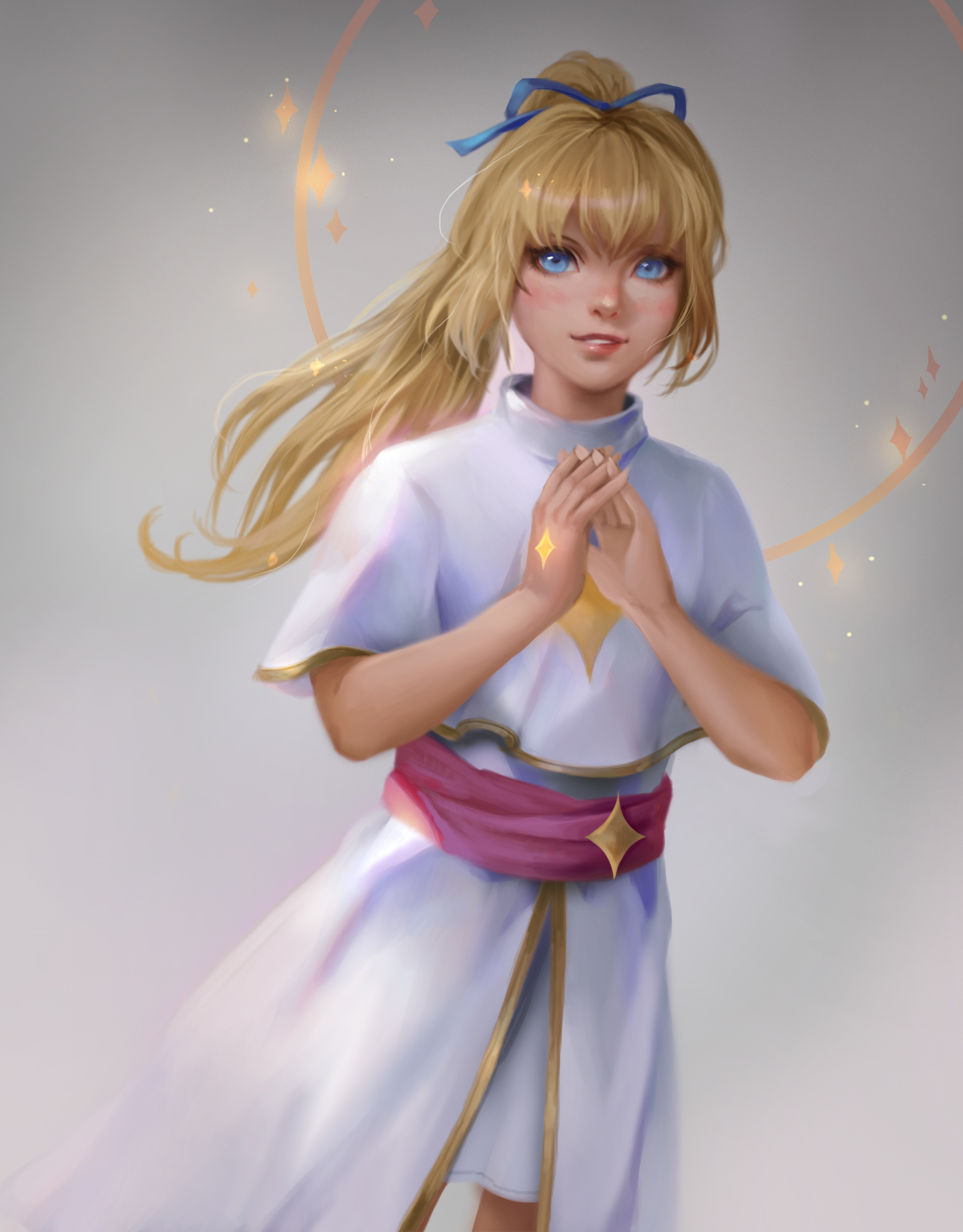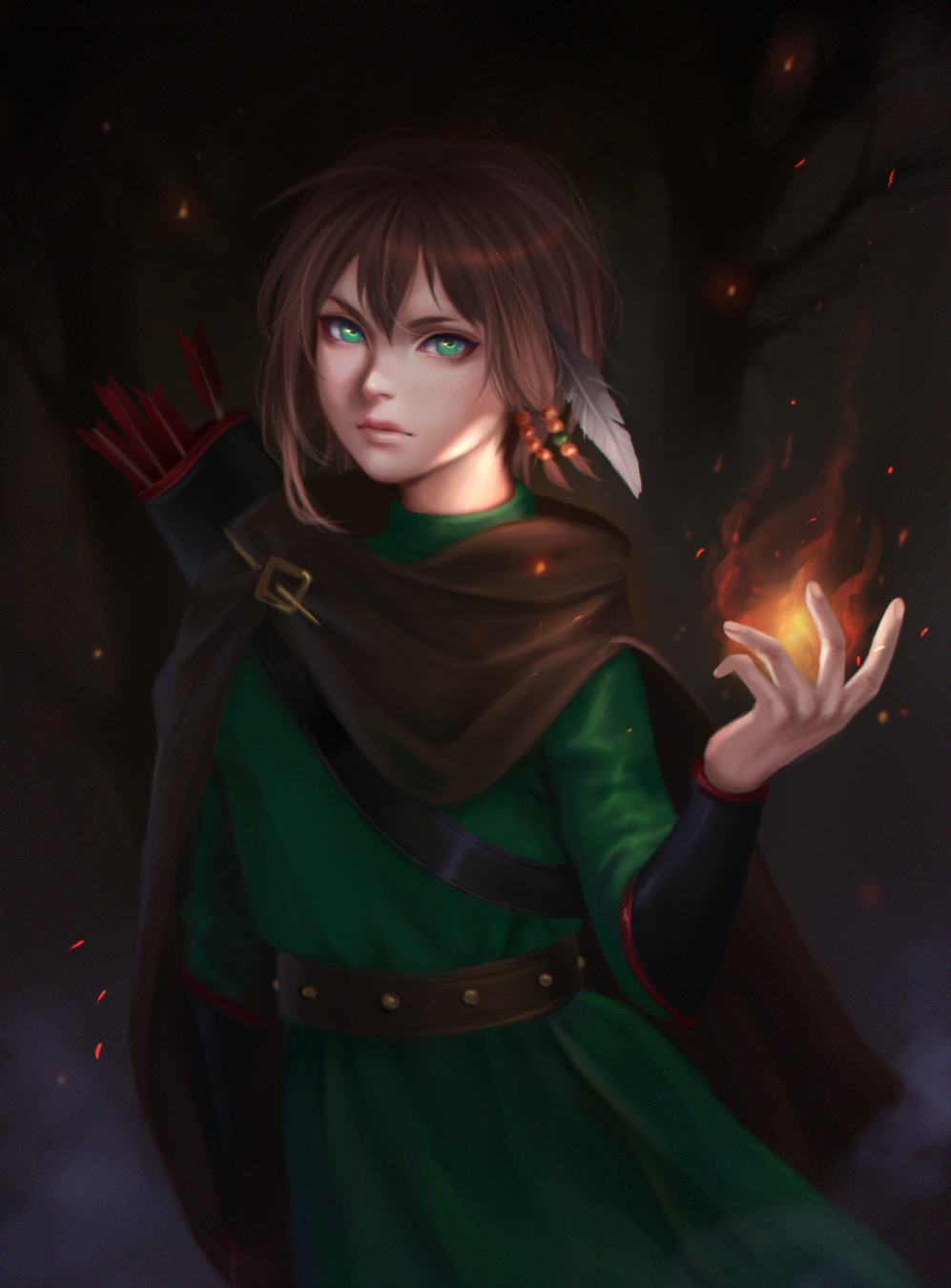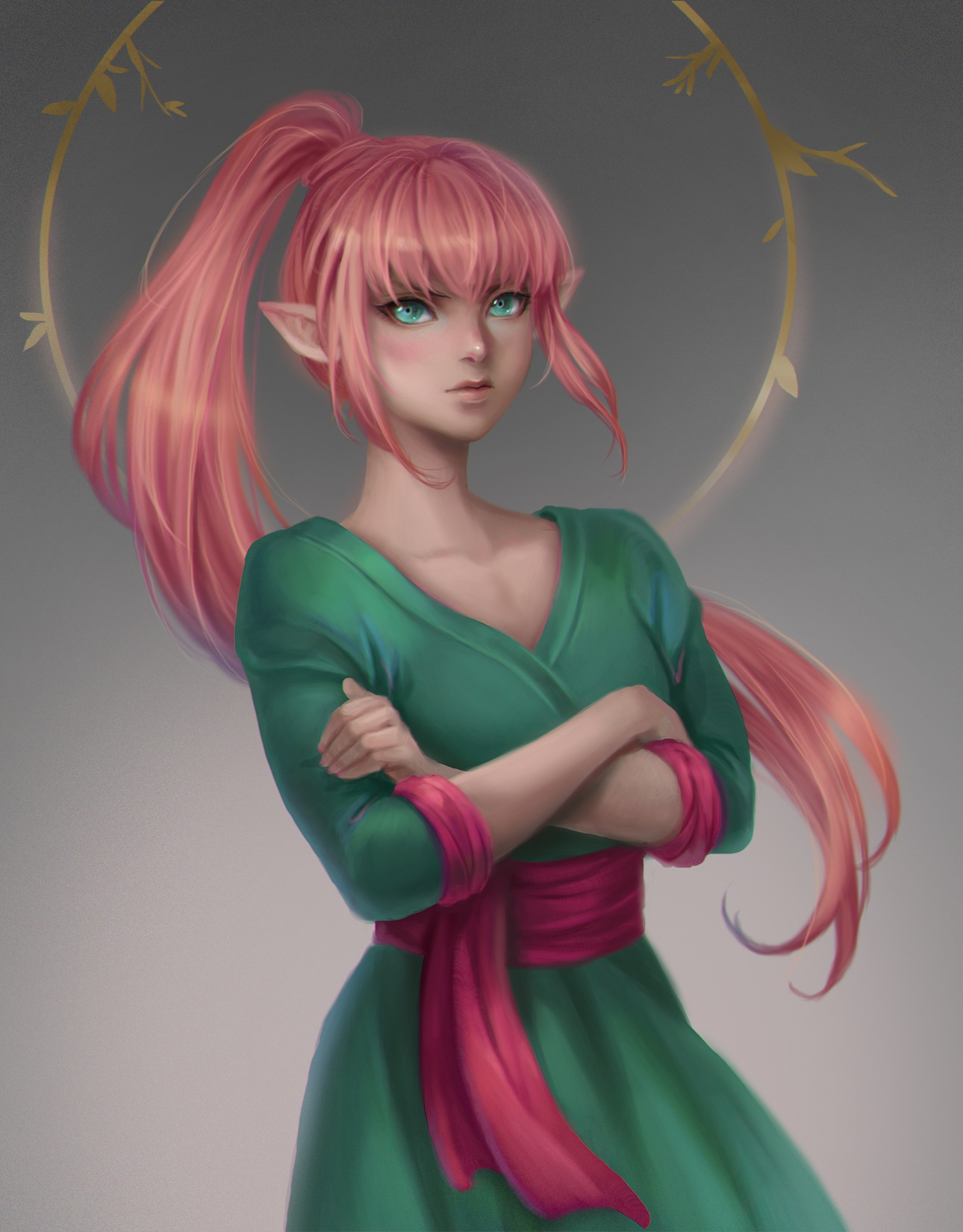Alesian Guidebook
Welcome, traveler, to the blessed land of Alesia.
What is Alesia?
Alesia is a medieval fantasy world where Humans live alongside the mystical creatures of our ancestral folklore, as though their stories were true. Note that these are the creatures of the original folklore, and not the modern (post-Tolkien, Dungeons and Dragons) interpretations. Here you will find the familiar names of trolls and goblins, sprites and sylphs, brownies and gnomes, faeries and kobolds; but they may not be quite what first comes to your mind. Of course, these tales have spanned generations, cultures and nations, often before they were first written down. It is predictable that the tales became conflated - lines blurring, names changing, and details adapted to the people telling them. In apt fashion, some elements are made to fit the context of this unique and mysterious world. This is doubly true in cases where the folklore doesn't even agree with itself, which are plenty!
Who lives here?
Humans primarily occupy the central plains of Alesia, stretching from the western sea to the eastern forests, which are the homes of the Merfolk and the Alfar, respectively. The far north and south are relatively unknown, but that may change in due time. The Humans are hardly alone, however. In the capital, pixies live in a beautiful garden where they keep bees and help produce honey for the masses. Every resident finds themself sharing living space with a brownie, a domestic house spirit, who does housework at night in exchange for food and gifts. But outside the city limits danger also lurks in the form of barghests and imps. The people look to their goddesses to keep the order through divine laws and magic.
As Humans do share a space with other genetically similar species, especially the Alfar, it should come as no great surprise that some children have been born from a combination of these races. As a rule, these people are indistinguishable from other Humans excepting two features: An inability to have children of their own, and an affinity to a source of unknown power that may manifest as previously unseen forms of magic. Both of these phenomena serve to push the half-breed children to the fringes of society once they are discovered. This marginalized group is politely known as Mystics, or less politely as Impures or other such degrading epithets.
The society of Alesia
Human civilization in Alesia is overseen by the church, through the joint authority of the Goddess of Light and the Goddess of Darkness who created the world. The word of the heads of the church is absolute, but also bound in a divine mandate to maintain order and advance the prosperity of all people. By means of this pious culture, Humans formed close-knit communities and a love for nature, art, and free expression.
Through the church, women manage every vital function of society in Alesia. Founded by two goddesses, the faith is highly matriarchal and only raises women into the clergy and the other positions of power in society. Men have full rights under the law, but centuries-old tradition dictates that public offices such as judges or mayors are only held by members of the church. By the same token, only a select circle within the church wield the magical blessings of the goddesses that provide healing and protection.
Who are the Hunters?
The Hunter's Guild is, after the church, the most important organization in Human society. It is the alliance under which volunteers of any background or talent may make a living by doing the dangerous work that others cannot. Hunters do gather food, but they also protect merchants traveling between cities, hunt dangerous monsters, or even do odd jobs around town. It was originally organized to protect the frontier from aggressive goblins, but has continued on for hundreds of years as a force for delivering all manner of uncommon services.
In recent times, the Guild has increasingly seen its ranks occupied with new members from among the Mystic race. In a bid to win the trust of the people, or simply to fit into society at all, many Mystics seek to use their power in ways which allow them to take on the dangerous but respected jobs of serving and guarding others. Whether this actually works seems to vary from case to case. The average person certainly seems to prefer a Mystic dying for them to having one marry into the family.
Magic in Alesia
Magic is a familiar part of everyday life for the inhabitants of Alesia. However, most of them cannot use it themselves. Instead they are familiar through the miracles they see performed by the elite members of the church when their illnesses are healed, or through the glamours and supernatural tricks of the Fae. Due to its limited nature, magic has had little impact on society as a whole with one notable exception. Medical science has progressed not at all, as who would waste time with salves and potions when a quick trip to the temple is both faster and more effective?
However, in recent years expectations have been eroded by the existence of Mystics. These children frequently develop magic power of their own, outside the domain of the goddesses and instead resembling the feral magic of the other races. This, combined with an inability to conceive children on their own, leaves a severe stigma on these natural magic users.
The Alfar War
Despite one hundred years of positive and beneficial relations with the Alfar since first making contact, eventually, as is the way of things, lines were crossed both literally and metaphorically, and armed combat broke out. Humans, believing it was ever their goddesses' wish for them expand, pushed too deeply into the eastern forests which the secretive Alfar guarded fiercely. This eventually brought ruin to the people of Alrich province as after years of skirmishes even their Human neighbors in Selwyn joined the fight against them, believing them to be in the wrong. Since that time, while Selwyn continues to welcome the Alfar and maintains a good relationship, feelings of bitterness and unwelcoming pervade the south. Many people aren't even sure who to blame, and so direct a sort of general animosity at the Alfar, Mystics, the people of Selwyn, and any other stranger as war's wounds slowly heal.
Effluvium and the Future
One of the greatest concerns of the people at the moment is the spread of effluvium. This is the name given to the disease which has expanded to epidemic proportions over the past 70 years. This fatal disease strikes mostly the older population by slowly coating the lungs in a crystalline film. This bizarre disease has no known cause, no cure, and has dramatically shortened life expectancy in the land. This has caused a severe unrest among the people lately, to the point where there is now a growing movement to find new deities who can handle it properly as the people have become accustomed to. Combine this with an increase in the appearance of dangerous spirits and aggressive animals in the wild and there is a clear recipe for disaster looming on the horizon.
After years of silence, the goddesses prepare to lead their followers against the greatest threat to face the world since its birth. Fragments of Aeden follows the stories of those whose deeds shape the future of the world in this troubled time.





Comments